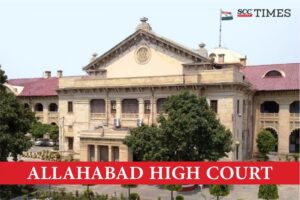
I have written about this earlier, so I will keep the anecdote brief. In 1926, there was a Royal Commission on Agriculture. The report was submitted in 1928. The chairman of this commission was Lord Linlithgow. Among other things, the commission recommended that cattle should be improved by careful breeding, including by importing bulls. Like most government reports, the recommendations gathered dust, until it was announced in 1936 that Linlithgow would become governor general and viceroy.
The mandarins of Madras presidency woke up. Surely, the governor general would ask about implementation of the recommendations. Abolishing government jobs is impossible. But creating government jobs is also difficult. The Madras presidency solved the problem by invoking the governor general’s name in the job title. LBKs (Linlithgow’s bull keepers) and LBAs (Linlithgow’s bull assistants) were created.
LBKs imported and maintained foreign bulls. These would impregnate inferior Indian cows and improve the species. But since a government subsidy was involved, fraud needed to be prevented. LBAs performed this supervisory role. They ensured the impregnation occurred on time. Eventually, LBKs and LBAs became pensioners and the posts were abolished in the early 1980s.
The commission wrote, “Many fine cattle belonging to a number of well-recognised breeds are to be found. Amongst the known ones are perhaps the Hariana and Sahiwal of the Punjab, the Tharparkar and Sindhi of Sindh, the Kankrej of Gujarat, the Gir of Kathiawar, and the Ongole of Madras.” This is an incomplete list.
The National Dairy Development Board (NDDB) tells us there are 50 “well-defined” Indian breeds of cattle. They are used for different purposes—transport, milk, draught and manure. For example, the Thutho of Nagaland is used for meat and the Pulikulam of Tamil Nadu for game (Jallikattu).



